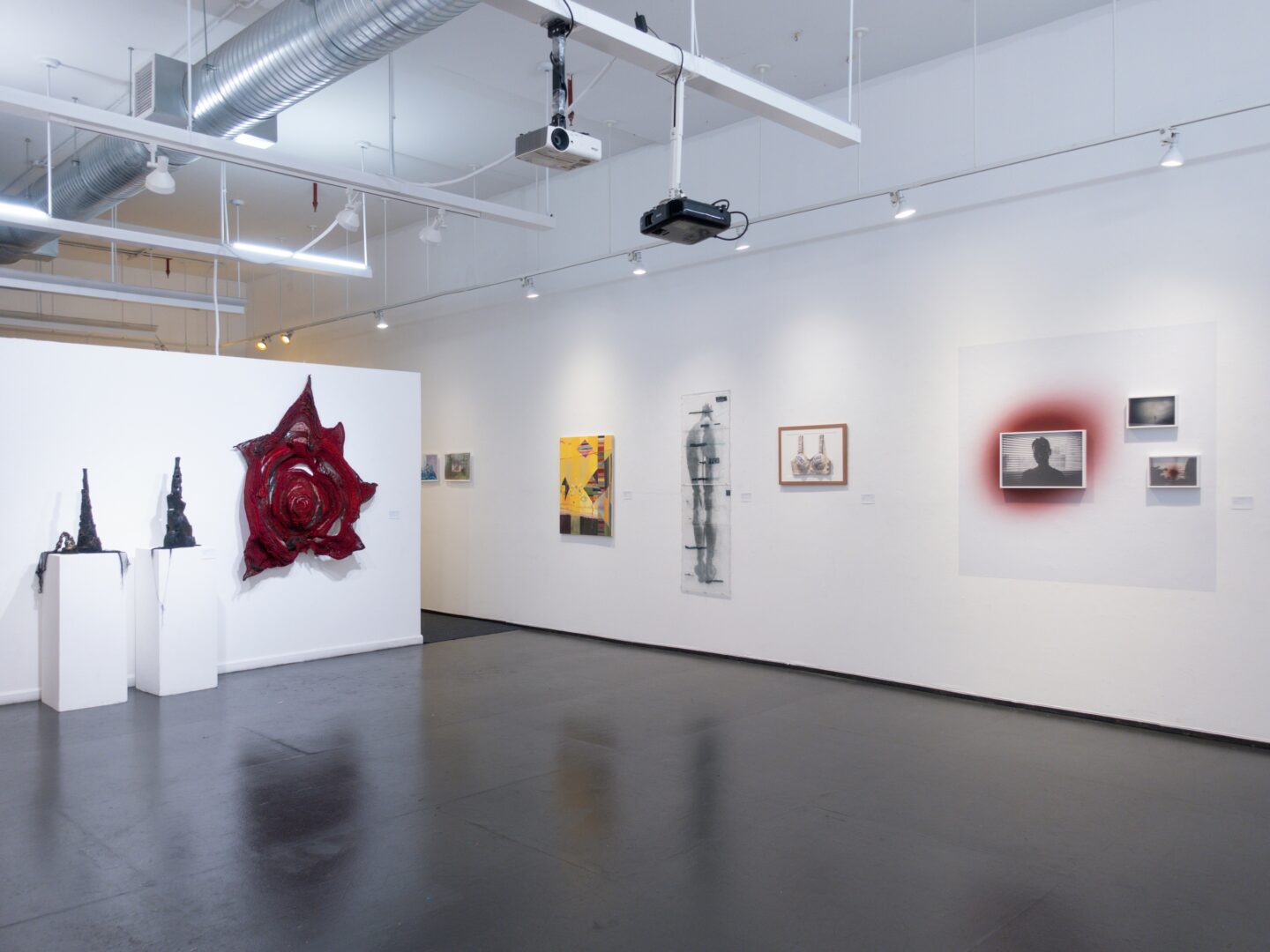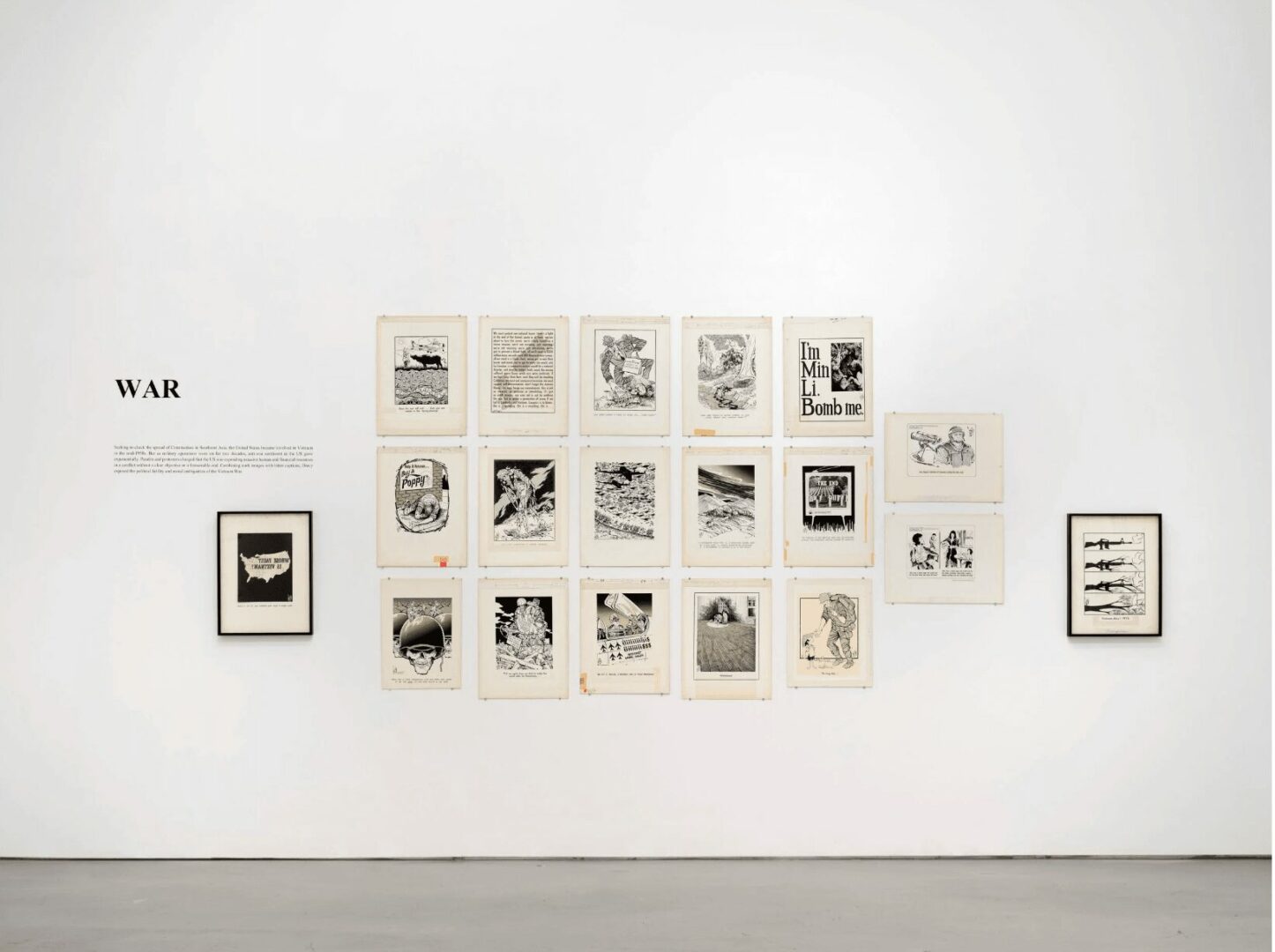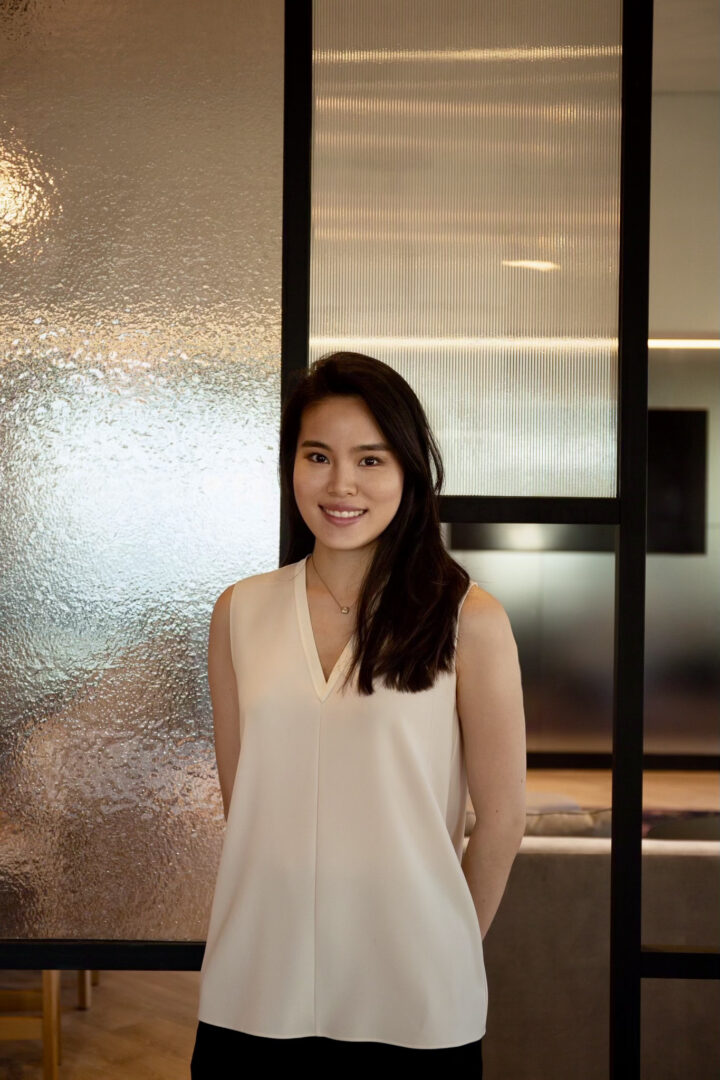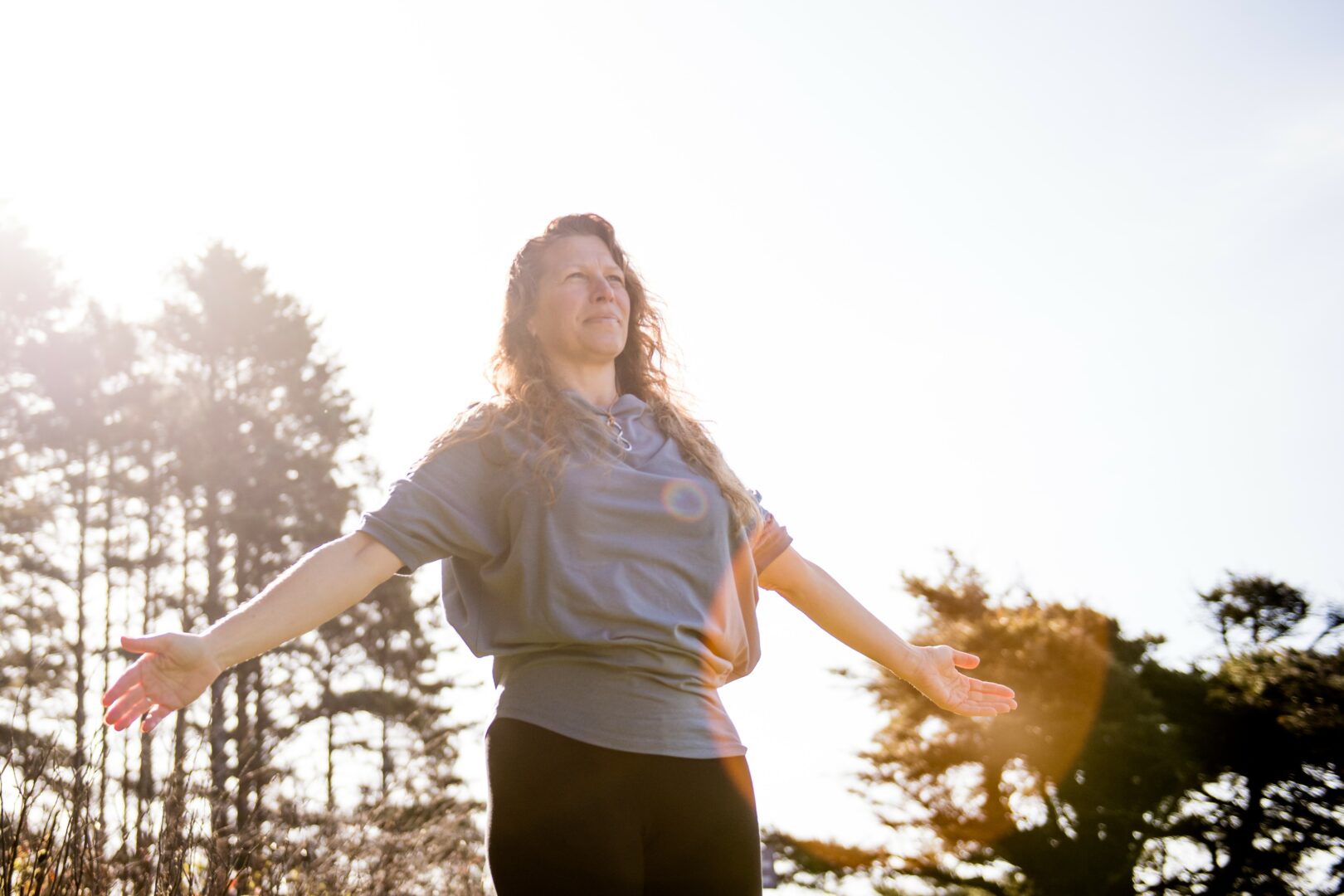Alright – so today we’ve got the honor of introducing you to Gin Lin. We think you’ll enjoy our conversation, we’ve shared it below.
Gin, thank you so much for joining us today. Let’s jump right into something we’re really interested in hearing about from you – being the only one in the room. So many of us find ourselves as the only woman in the room, the only immigrant or the only artist in the room, etc. Can you talk to us about how you have learned to be effective and successful in situations where you are the only one in the room like you?
As a Taiwanese professional working in New York, I often find myself the only one in the room who looks like me. When I was a researcher in Christie’s Post-War and Contemporary Art department, I was the only person from Asia, and there were moments when I worried that my language or cultural background might hold me back.
Over time, though, I’ve learned to turn that difference into strength. Rather than seeing it as a limitation, I’ve come to value the unique perspective I bring—shaped by my heritage, my cross-cultural experiences, and the path I’ve carved for myself. I’ve also realized that confidence comes with preparation: the more I prepare, the more ready I feel, and the more I can let the quality of my work speak first.
What sets me apart is precisely what allows me to contribute most meaningfully—the ability to bridge Eastern and Western contexts, amplify voices that might otherwise be overlooked, and foster dialogue across differences.

Thanks, so before we move on maybe you can share a bit more about yourself?
I am both a researcher and a curator, and I see those roles as deeply interconnected. On the research side, I’ve worked with institutions like Christie’s in the Post-War and Contemporary Art department, where I focused on provenance, exhibition history, and catalogue essay writing. That experience grounded me in rigor and detail. At the same time, I’ve developed an independent curatorial practice centered on contemporary Asian and Asian diaspora artists. My projects often explore themes of identity, memory, and belonging, and I strive to create platforms where underrepresented voices can be seen and heard.
What excites me most is bridging cultures and contexts—introducing artists from Asia to audiences in New York and fostering conversations that expand how we think about contemporary art today. My goal is to create work that not only presents compelling aesthetics but also builds meaningful connections between people and ideas.
Currently, I’m preparing an exhibition with Korean artist Insoon Ha, centered on her installation Dirge, which reimagines a Korean funerary tradition as a collective act of mourning and remembrance. Alongside the installation, we are planning public programs designed to invite reflection, storytelling, and shared community experiences. For me, this project embodies what I aim to achieve as a curator: spaces that are intellectually engaging, emotionally resonant, and socially relevant.

Looking back, what do you think were the three qualities, skills, or areas of knowledge that were most impactful in your journey? What advice do you have for folks who are early in their journey in terms of how they can best develop or improve on these?
Looking back, three qualities have been most impactful in my journey: adaptability, research rigor, and cross-cultural perspective.
Adaptability has been essential, especially since my path wasn’t linear. Transitioning from finance to art required me to start over, embrace uncertainty, and remain open to new roles and contexts. My advice is to not be afraid of detours, Sometimes the most unexpected paths give you the richest experience.
Research rigor has shaped how I work as both a researcher and curator. At Christie’s, for example, I learned the importance of precision, thoroughness, and clarity, qualities that build trust in any professional setting. For those starting out, I’d recommend developing a habit of deep curiosity: go beyond the surface, check multiple sources, and look into the details.
Cross-cultural perspective is what ties my practice together. Being Taiwanese and working in New York has shown me the value of bringing different viewpoints into dialogue. It’s a strength that has allowed me to bridge communities and tell stories that might otherwise go unheard. My advice is to lean into what makes your background or perspective unique—it can become one of your greatest assets.

What’s been one of your main areas of growth this year?
Over the past 12 months, my biggest area of growth has been deepening my curatorial practice while broadening the scope of my research. I’ve had the opportunity to work on multiple exhibitions in New York, each requiring a different kind of intellectual and curatorial engagement.
At Nunu Fine Art, I researched the estate of Thomas Francis Darcy, an American political cartoonist and 1970 Pulitzer Prize winner, and collaborated with his son, Brad Darcy, and the gallery to present Darcy & Darcy: In Monochrome. The exhibition highlighted sociopolitical and aesthetic themes across their practices, featuring more than 120 of Tom Darcy’s original editorial cartoons that addressed subjects ranging from the Vietnam War to racism to nuclear arms. I also researched feminist surrealism and engaged scholars, critics, and journalists for Chiao-Han Chueh’s first U.S. solo exhibition, which significantly expanded her recognition in New York. In addition, I curated The Feeling is Mutual, a solo exhibition of jeweler-trained artist Emily Chen at Space 776. I also curated View from My Window, a solo show of Guan-Hong Lu, which explored layers of surrealism, irony, and political undertones, and drew the attention of Pérez Art Museum Miami, which acquired the artist’s work.
Most recently, I was invited by the Formosan Association for Public Affairs (FAPA) to lead a curatorial team of five for Between Shores: Reimagining Formosa, a group exhibition examining Taiwanese identities, migration, and political issues. Collectively, these projects have strengthened my ability to move fluidly between rigorous archival research and curatorial storytelling, and to create exhibitions that are both historically grounded and culturally resonant.
Contact Info:
- Instagram: https://www.instagram.com/gin01234i/



Image Credits
William Lee
Ping Ho
Chunbum Park
Martin Seck
so if you or someone you know deserves recognition please let us know here.




